Asphalt Materials Shines the Spotlight on Sustainability
As The Heritage Group continues to expand capabilities and investments in the sustainability space, the Asphalt Material’s team is also focused on sustainability in a number of different areas, this article is focused on CCPR or Cold Central Plant Recycling.
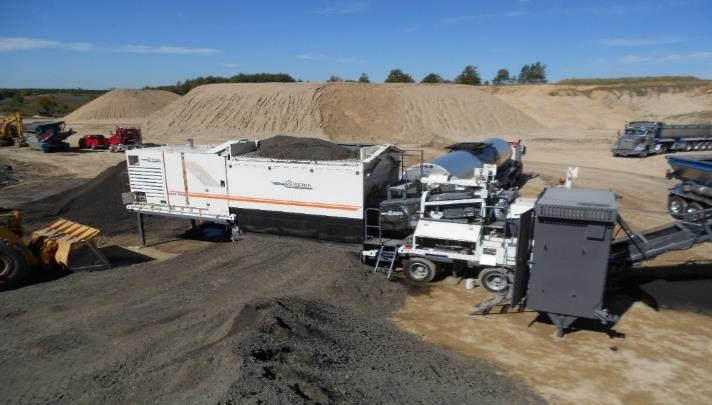
CCPR is the process in which the asphalt recycling takes place at a central location using a stationary cold mix plant and an existing stockpile of RAP or reclaimed asphalt pavement.
Why is CCPR a Sustainability Initiative?
Aggregate and oil resources are not infinite and current conventional remove-and-replace approaches to construction projects is unsustainable and not always budget-friendly. CCPR is a modern, yet time-tested approach. It has helped agencies complete more projects within the same budget, or in many cases with reduced dollars versus budget without sacrificing the structural integrity of asphalt pavements.
By reducing energy usage during the processing, CCPR is an ideal choice for road construction projects. There is a smaller carbon footprint and reduction in greenhouse gases because of the significant reduction in trucks exporting and importing materials to and from the site.
RAP is a Valuable Asset!
Agencies paid for the initial construction materials for an existing asphalt pavement. With CCPR, agencies are able to reuse those materials and stretch their budget dollars. When roads last longer, infrastructure funds go further.
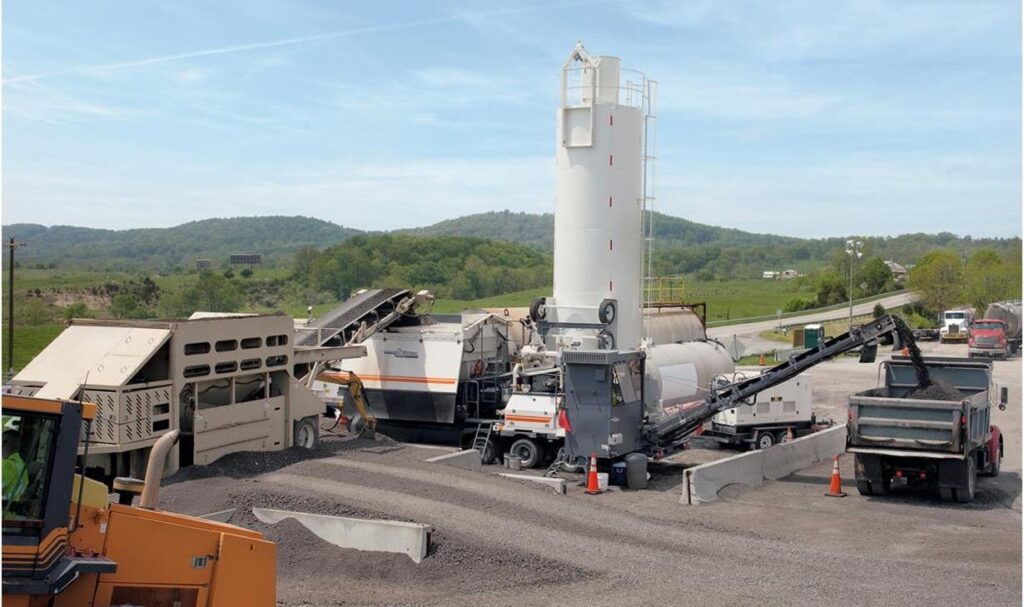
CCPR Can be Less Expensive
CCPR is less expensive than conventional maintenance, reconstruction, or new construction methods. Rehabilitating a road with an engineered emulsion additive is less expensive than producing a virgin hot mix made from completely new materials. Typical overall project cost savings can be 25% or more.
Nate Jenkins (AMI Sales Representative) and Tim Zahrn (Specialty Products Area Manager) collaborate on a number of recycling projects around the state of Indiana. They also draw on the expertise of The Heritage Research Group, specifically team members like Megan Yount, and Zach Robinson. A few of their insights are seen below.
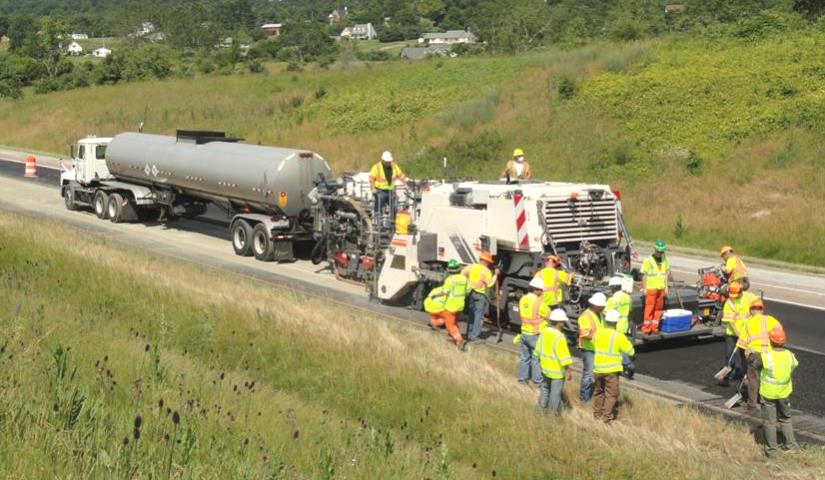
CCPR is a green approach that is not only environmentally friendly, but is often economically advantageous to agencies. – Tim Zahrn, Specialty Products Area Manager for Asphalt Materials, Inc.
CCPR gives an agency the ability to remove existing asphalt pavement and fix the underlying pavement issues, reusing the RAP in the new pavement structure. – Megan Yount, Heritage Research Group.
CCPR is placed at ambient temperatures and the mixing plant is typically located in close proximity to the project. This decreases excessive hauling and utilizes a lower amount of virgin material in comparison to some other alternatives. – Jason Wielinski, Asphalt Institute.
If an agency needs to remove the existing pavement structure, RAP, it makes sense to reuse the material that the agency already owns. – Nate Jenkins, Asphalt Materials Inc. Sales Representative.
RAP has value and can be used by an agency for a number of different things, but can be very valuable when used in a CCPR or other pavement recycling processes. – Zach Robinson, Heritage Research Group.
Show below are a number of different pictures taken at different stages of a CCPR project. In addition, you may be interested in watching a short video of CCPR here: Video Link.

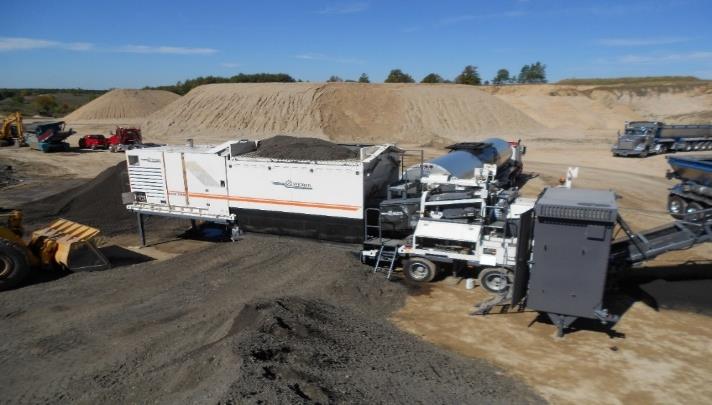
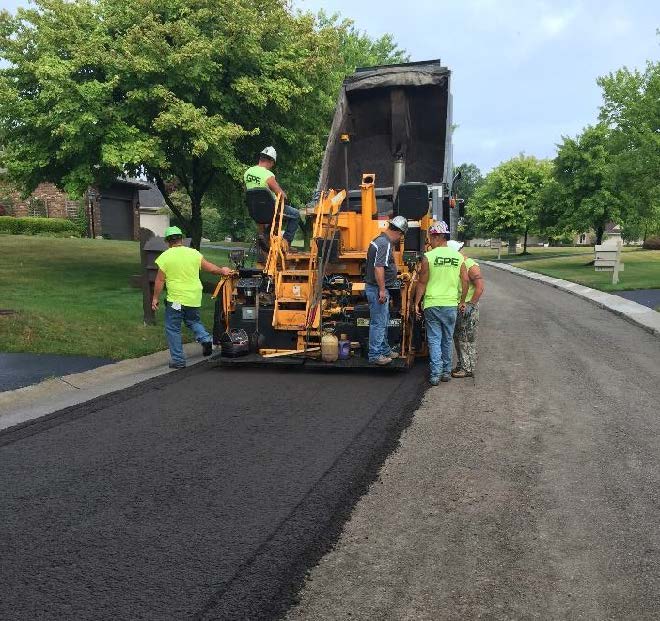
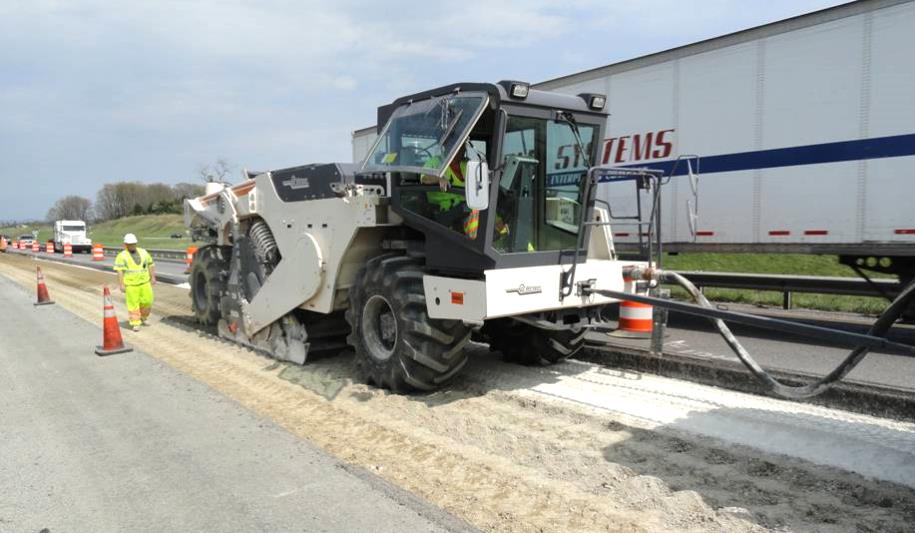
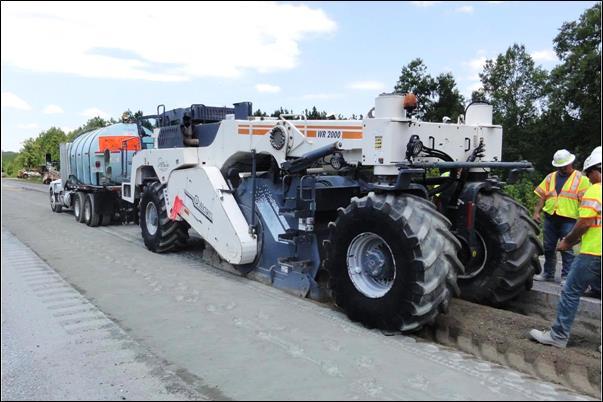
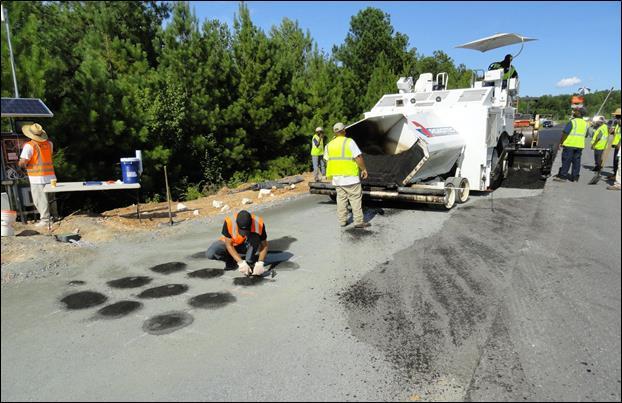

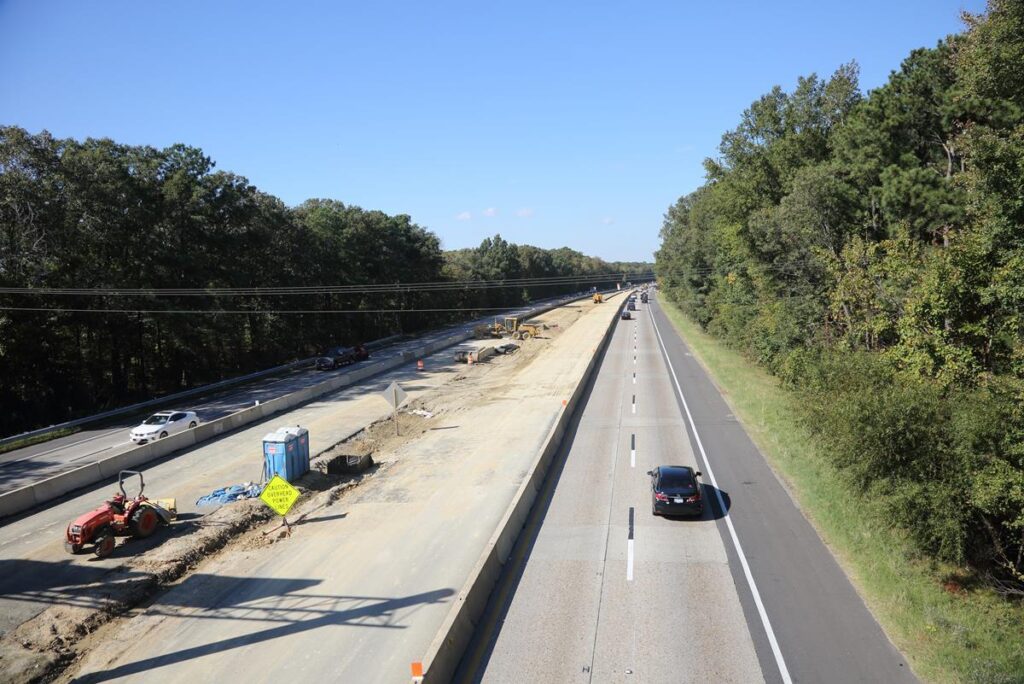

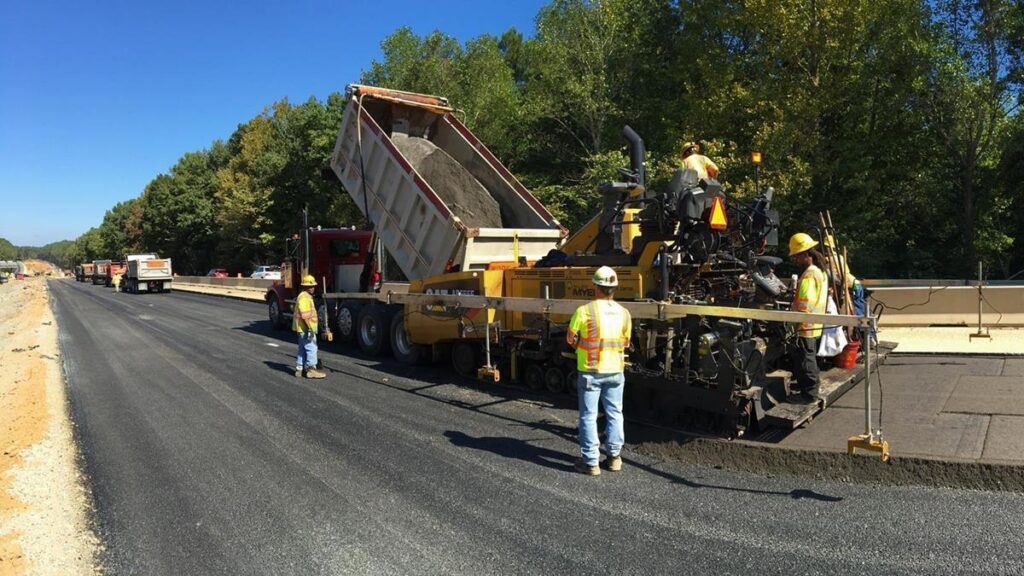

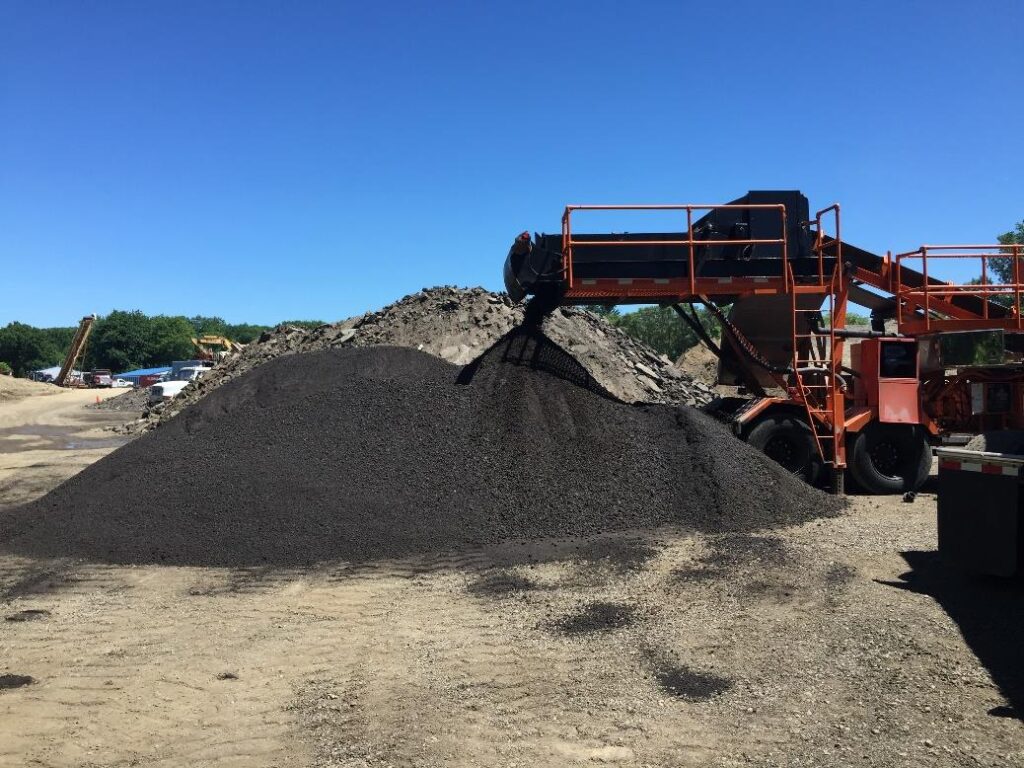

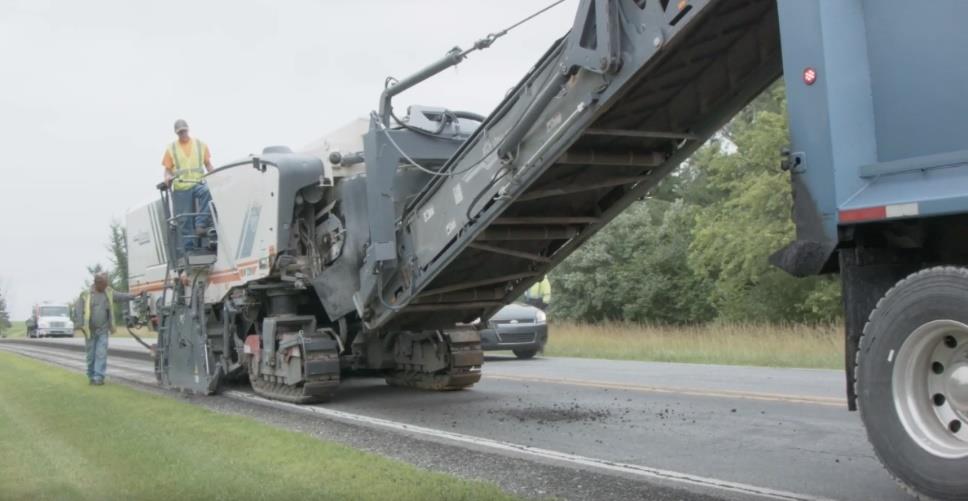

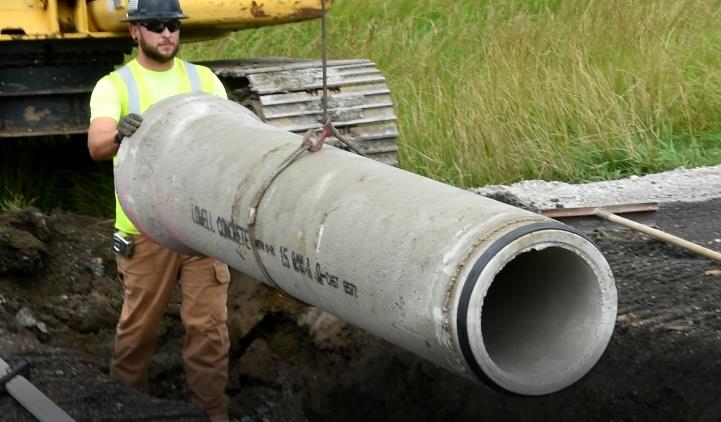
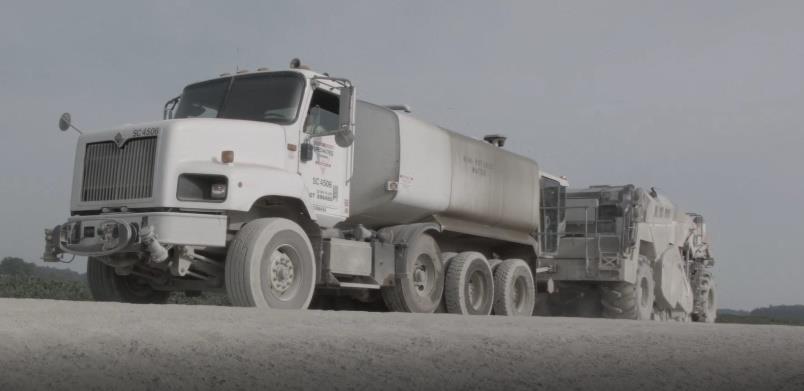
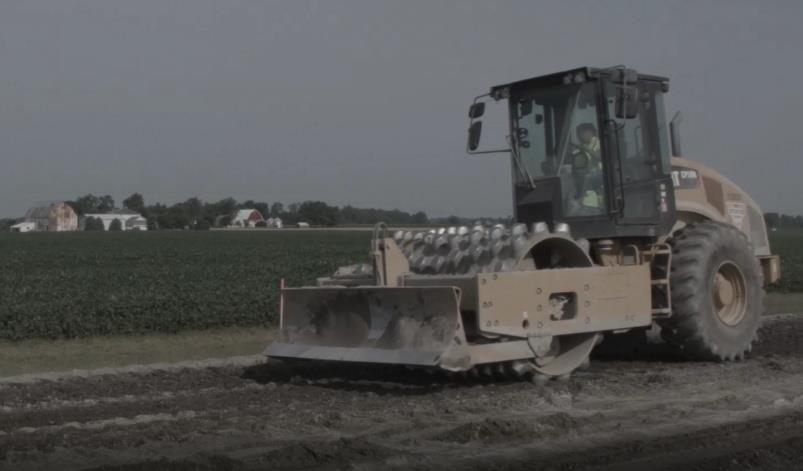

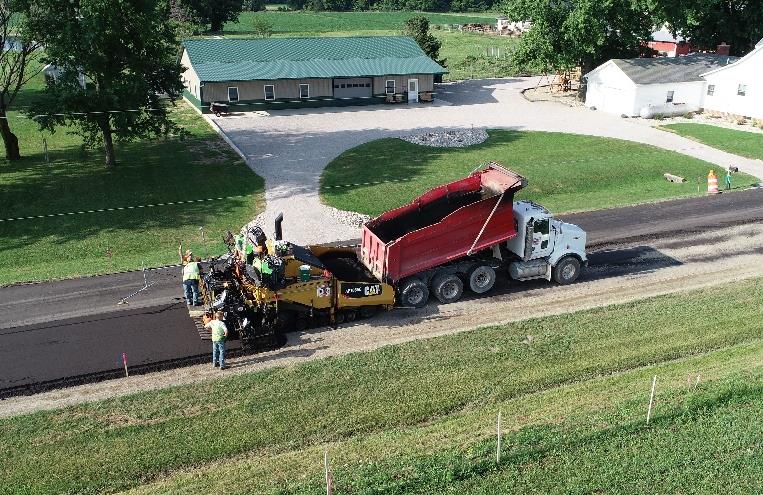
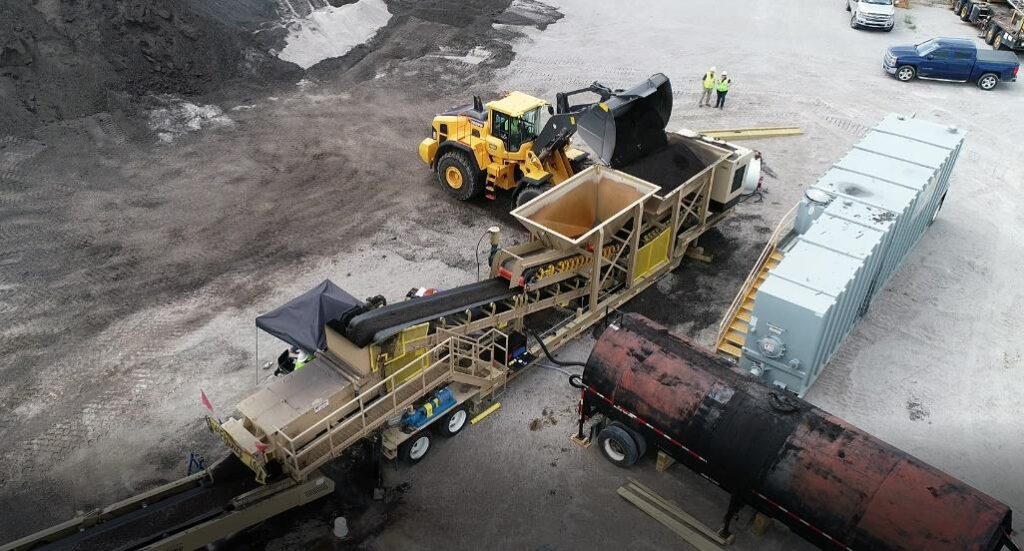
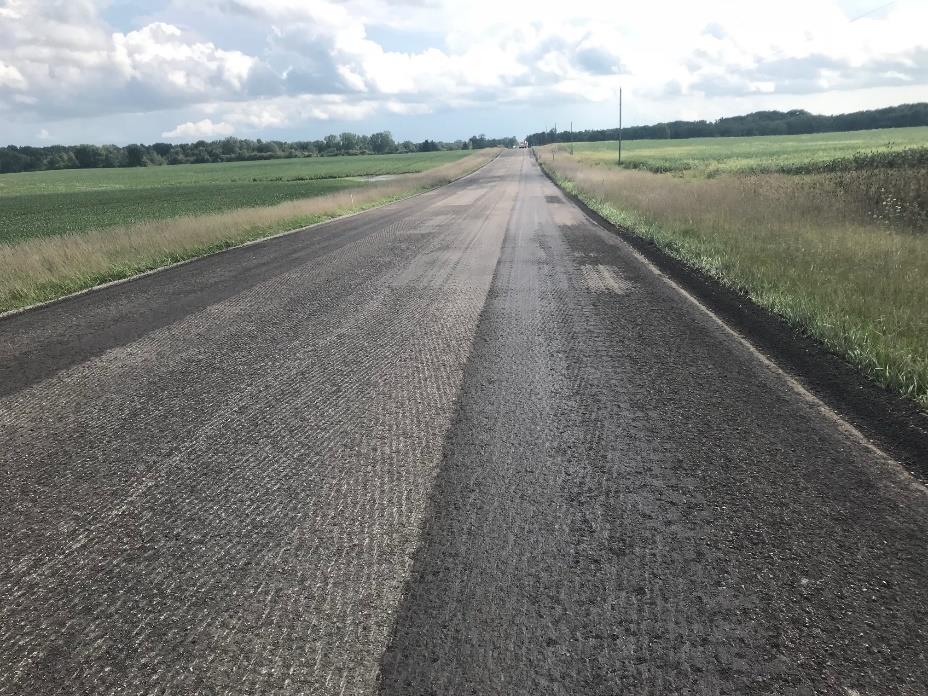
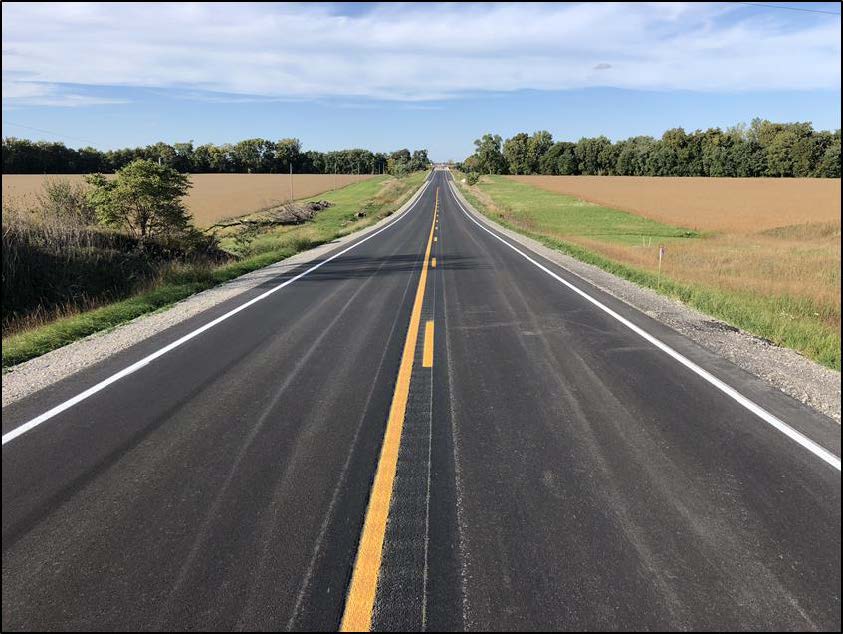













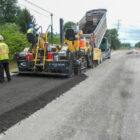
Recent Comments